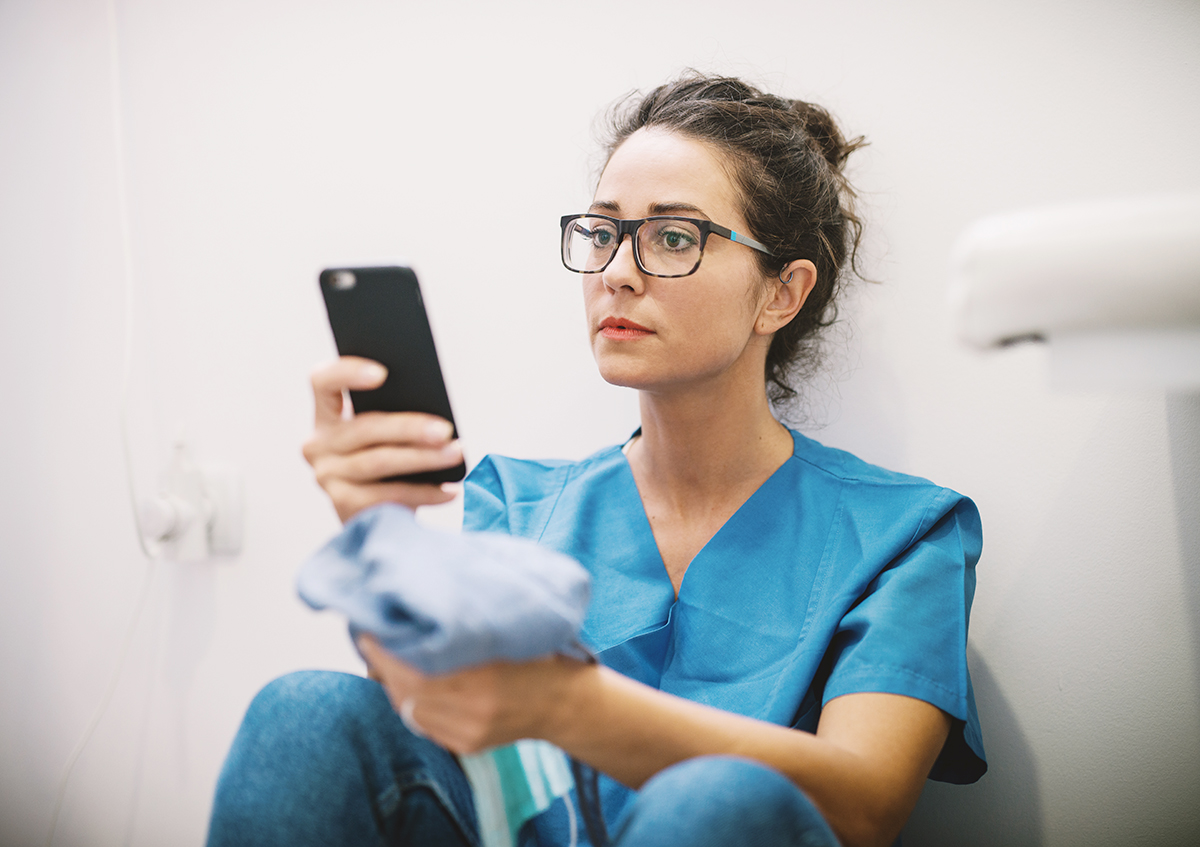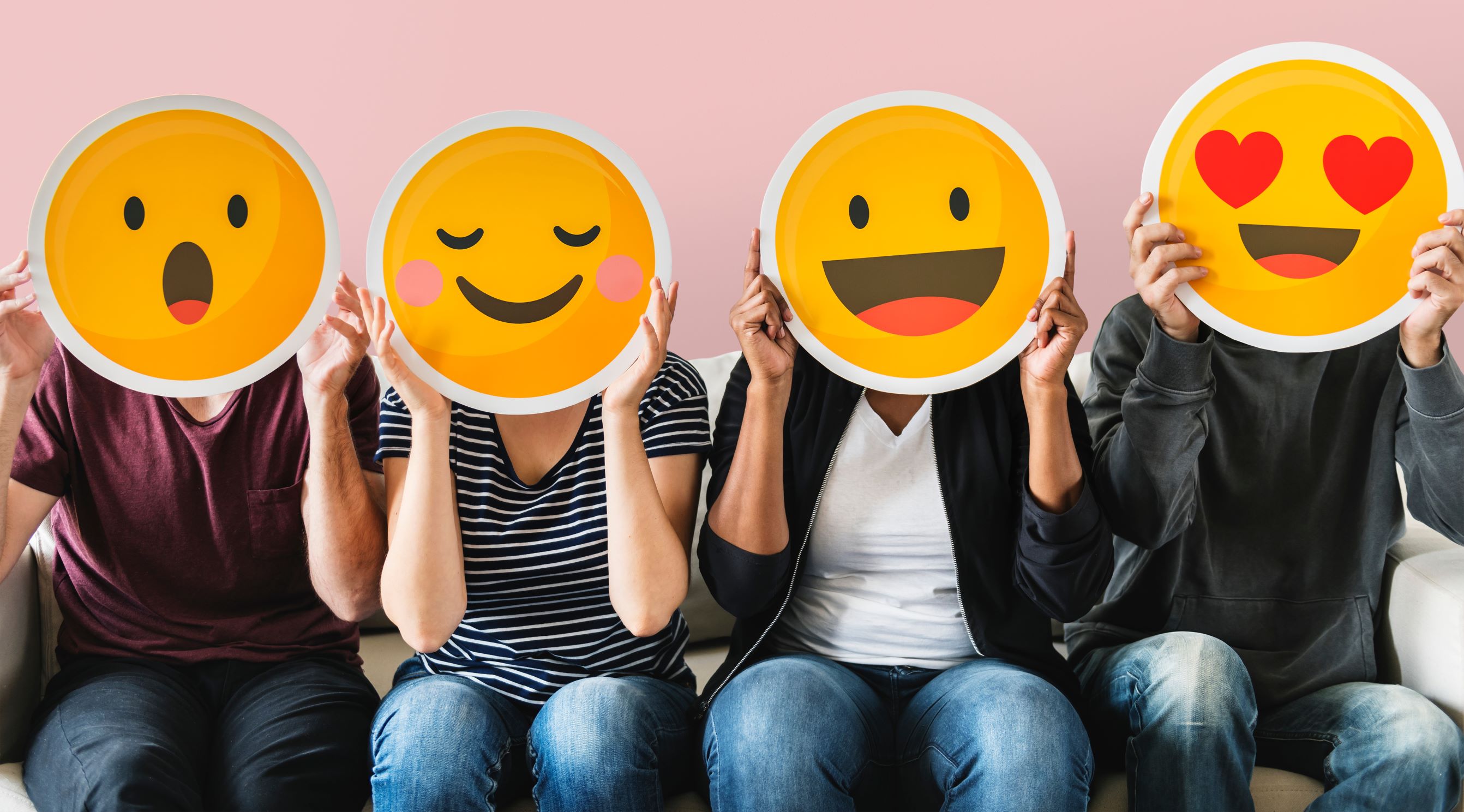
Social media has a lot to offer nurses, midwives and personal care workers. From Facebook study groups, following your healthcare role models on Twitter, Instagram or YouTube receiving personal recommendations by colleagues and employers on LinkedIn, there are a lot of benefits to be gained.
The 2018 Sensis Australia survey revealed eight in ten people or 79 per cent now use social media. Almost 60 per cent access social media every day or most days. Over one third check social media more than five times a day.
In an older study, now five years ago, Australian health researchers reviewed 98 separate studies to identify the major benefits of social media use in health professions (Moorhead et al). They found the benefits included:
- increased interactions with others
- more available, shared and tailored information
- increased accessibility and widening access to health information
- peer/social/emotional support
- public health surveillance and
- potential to influence health policy.
So there’s a lot to be gained by staying in the online conversation, but there are also dangers. ANMF (Vic Branch) represents nurses, midwives and personal care workers who are disciplined by their employers for breaching employee guidelines of online behaviour.
However, if you follow these five steps, you’ll go a long way towards responsible use of social media.
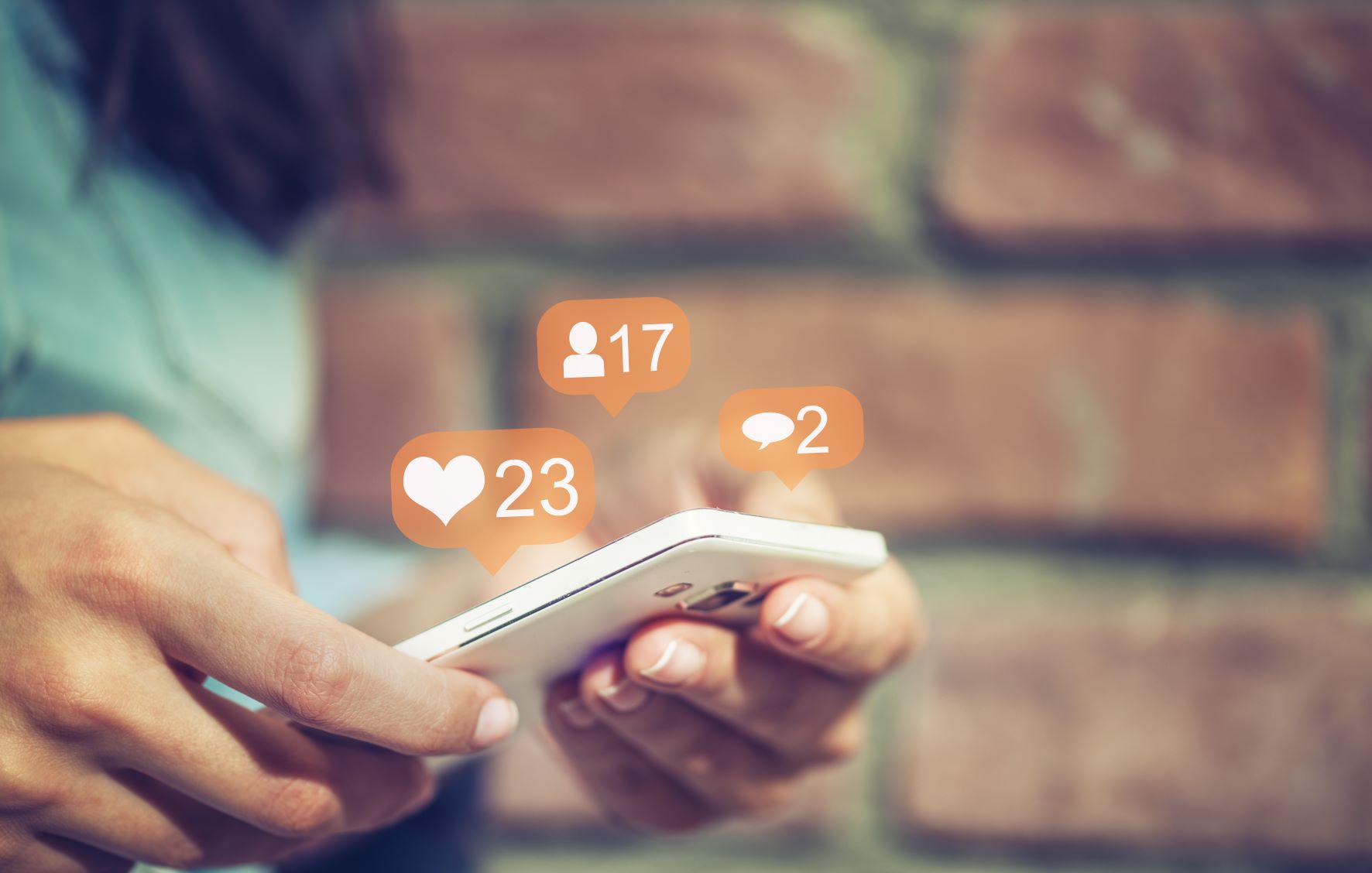
Shutterstock
1. Make sure you understand the differences between private, public, friends and acquaintances.
Any online stranger is able to google your name and discover what you’ve posted publicly on Facebook. Post settings allow you to return to previous updates and hide them from strangers.
Facebook previously provided a function to see how your profile was viewed by the general public, but this setting is no longer available.
It’s nice to think of everyone as your friends. But work relationships or unfamiliar contacts would better belong on your Facebook acquaintances list. To learn how to change a friend to an acquaintance, click here. You can even customise your post privacy settings to ensure certain people are excluded from seeing your message. When posting on Facebook, simply click the downwards arrow next to ‘Friends’ to find the available privacy options.
While Facebook Groups provide a fast and easy way to connect with multiple friends and colleagues privately, always be aware of the group’s privacy setting. Outsiders can become aware that ‘closed’ groups exist, and even ‘secret’ groups can be turned ‘public’ if the administrator changes the group settings. People can also take a screen shot of your post in a ‘closed’ or ‘secret’ group and shared publicly. If you don’t trust the group administrator or other people in the , it’s best to watch your posts!

Shutterstock
2. Read your employer’s social media policy (and the NMBA’s and the ANMF’s policies).
A health organisation prides itself on its reputation for professionalism – no worried patient would ever want to put their own health or the health of a loved one in the hands of a group with a poor public standing. So it makes sense that your employer is always on the watch out for negative information — especially when it comes from within staff ranks.
Social media policies broadly outline how you discuss your workplace online. They lay down the ground rules for how you behave online, and aim to educate staff to be wary of incidences when they may be perceived as speaking on behalf of your employer. Many Facebook users have decided to avoid trouble by not disclosing their place of work, but the growing popularity of LinkedIn means such measures are less likely to protect the user. You should ensure you keep a printed copy of your employer’s policy to be quickly reviewed if required.
You should also read the Federal ANMF Guideline: Use of social media and online networking and the Nursing and Midwifery Board of Australia social media policy.
Photo by rawpixel on Unsplash
3. Be careful with photography.
You should never take photos within the health setting without the approval of your employer’s marketing or communications team or the approval of management. You should never photograph patients unless they’ve given their full written permission and are in a sound enough mind or mature enough to consent. A child patient cannot consent to photos without the permission of their parent or guardian. When in the slightest amount of doubt, ask your workplace’s communications staff for clarification.
The ANMF has defended members who were warned by their employer for appearing in social media photos. The photos showed the staff member out enjoying a lunch on a day they phoned in sick for work. This is another case of being careful with who can see your photos.
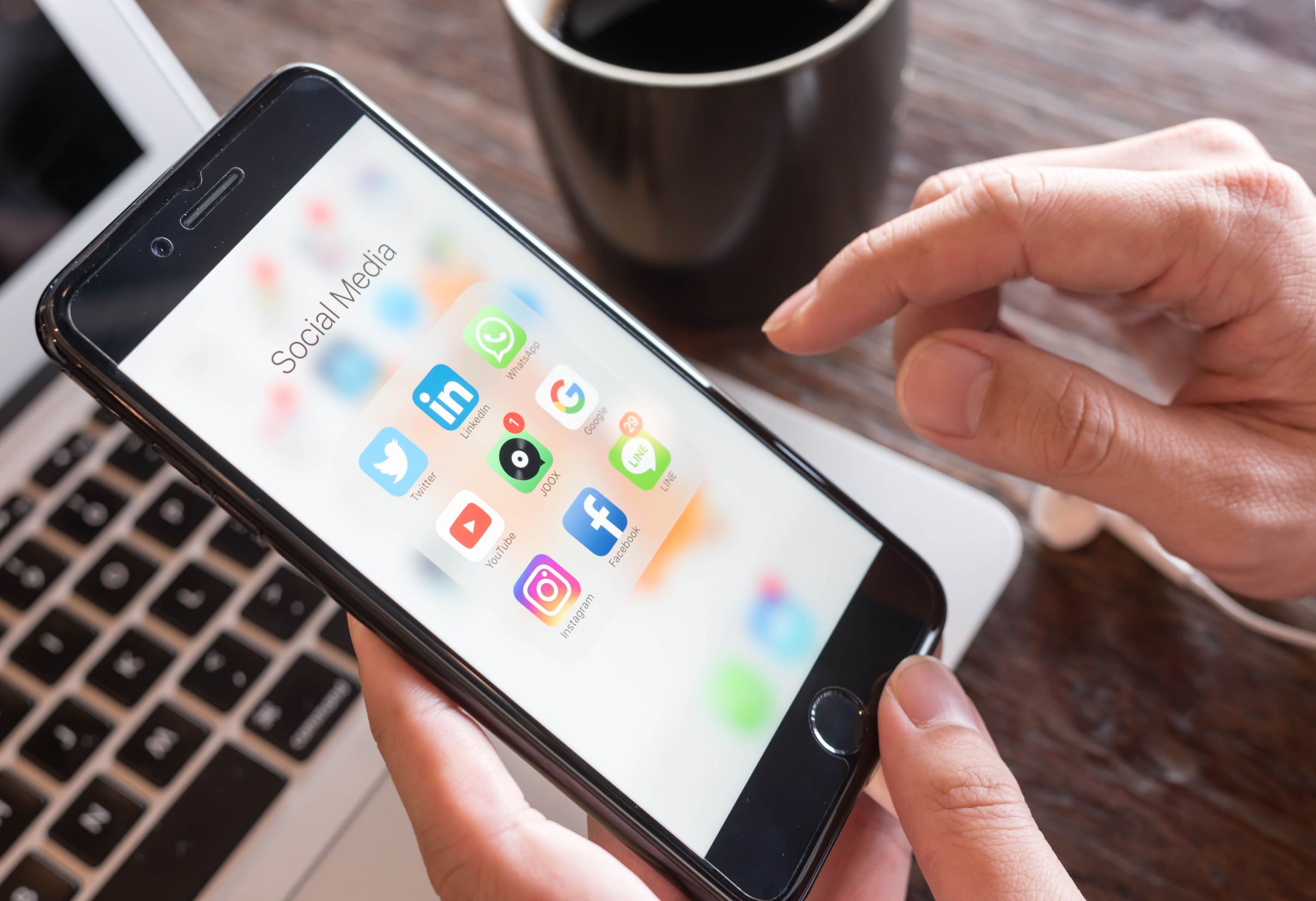
Shutterstock
4. Be wary about how your actions reflect on your employer.
Most workplaces restrict use of the brand or name of your employers. You cannot go onto social media and speak on behalf of your employer without approval of the marketing department, community relations or the CEO. You cannot be a spokesperson for your organisation. In general, you should never talk about workplace conditions within your own specific workplace in a public social media setting. If you have complaints to make, they are best lodged with management or with the ANMF through appropriate private conversations or reporting. You may get frustrated at times, but having a dummy-spit online will only make a situation worse.
Social media policies restrict how you can speak for, or try to represent your employer’s company name or brand. Restrictions of the brand go on to include use of the company’s or organisation’s logo. For most workplaces, the uniform includes a logo. If you are photographed with the company or employer logo clear on your person, the employer can allege that you are attempting to be a ‘spokesperson’ for the company or brand. Photos with company logos should definitely be avoided.
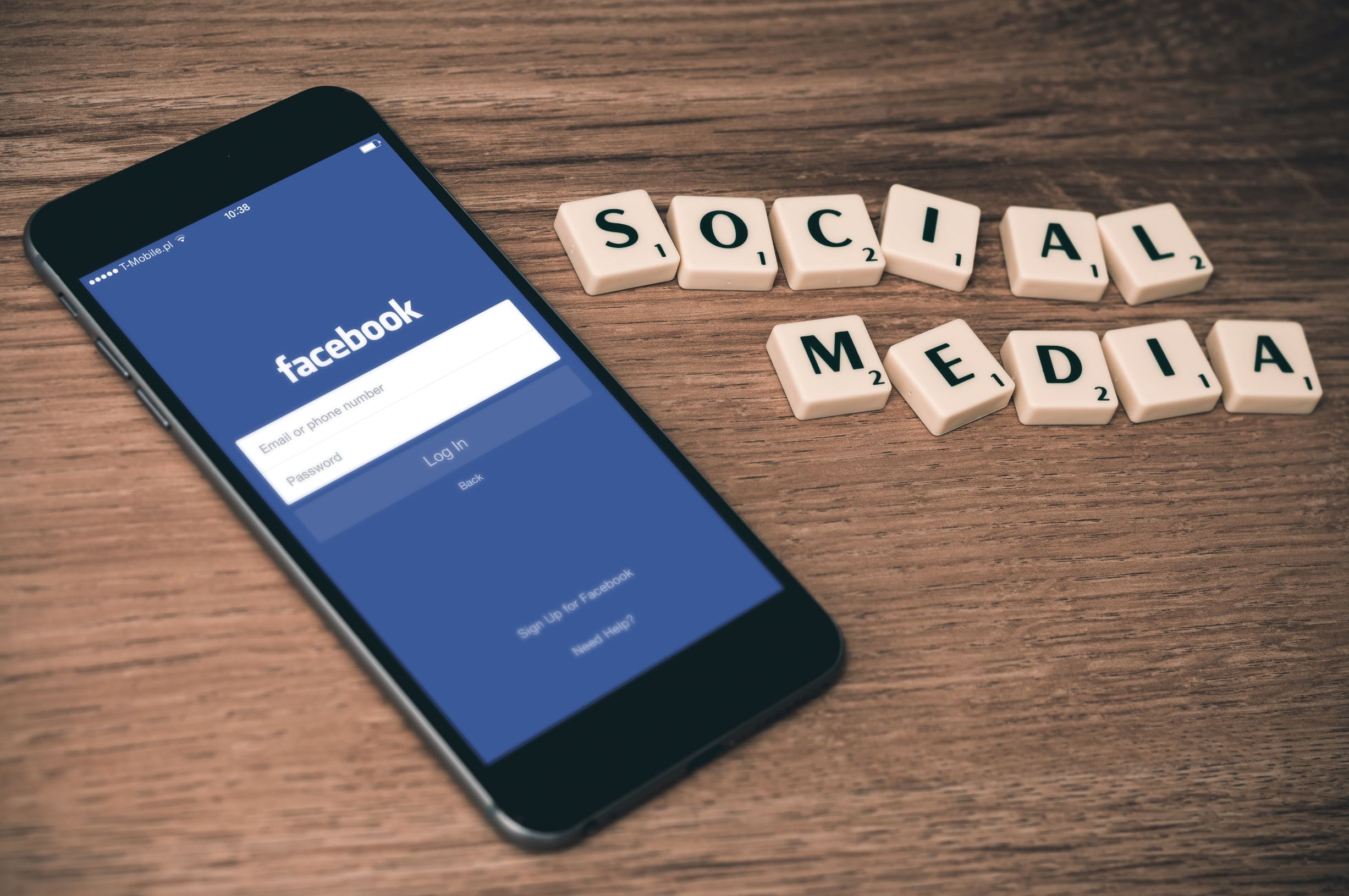
Photo by William Iven on Unsplash
5. Assume everything posted online is public knowledge.
This is the most important rule of all. Even if you have done your homework by adjusting the privacy settings of your accounts, there are no guarantees that the information will remain safe. A supposed friend could screenshot, save and share your confidential information. Your account, or the account of a close friend, could be hacked.
The best way to avoid social media headaches is to post content that you’d be comfortable with the entire world seeing. Some photos and videos are best saved for your computer’s hard disk rather than a social media album, and some rants are best left in a diary rather than a blog.
When it comes to responsible social media usage, the rules for nurses and midwives are often tougher than other professions. But that’s because the work is often considerably more important.
